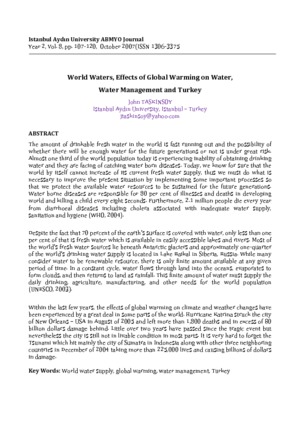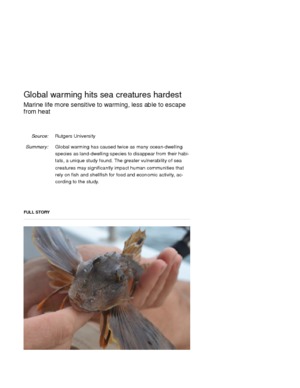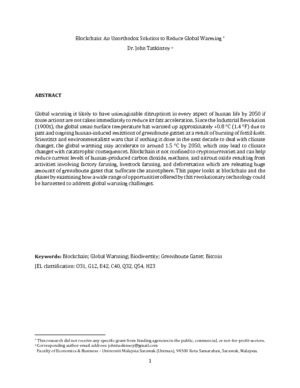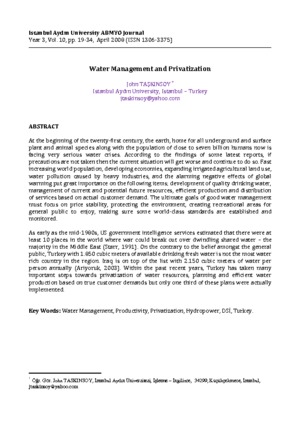- Suggested keywords :
- Lebanon(1)
- matter(3)
- management(3)
- capabilities(1)
- sleep(2)
List of Categories and SubCategories
Change Your Picture

World Waters, Effects Of Global Warming On Water, Water Management And Turkey
JOHN TASKINSOY
VIEWS
1377
INFO
more

- Category : Environmental Studies
- Size : 612769
- By : JOHN TASKINSOY



Using Your Google Account
Google Login/Sign up
OR
Recover Your Password
Abstract
The amount of drinkable fresh water in the world is fast running out and the possibility of whether there will be enough water for the future generations or not is under great risk. Almost one third of the world population today is experiencing inability of obtaining drinking water and they are facing of catching water born diseases. Today, we know for sure that the world by itself cannot increase of its current fresh water supply, thus we must do what is necessary to improve the present situation by implementing some important processes so that we protect the available water resources to be sustained for the future generations. Water borne diseases are responsible for 80 per cent of illnesses and deaths in developing world and killing a child every eight seconds. Furthermore, 2.1 million people die every year from diarrhoeal diseases including cholera associated with inadequate water supply, sanitation and hygiene (WHO, 2004).
Despite the fact that 70 percent of the earth's surface is covered with water, only less than one per cent of that is fresh water which is available in easily accessible lakes and rivers. Most of the world's fresh water sources lie beneath Antarctic glaciers and approximately one-quarter of the world's drinking water supply is located in Lake Baikal in Siberia, Russia. While many consider water to be renewable resource, there is only finite amount available at any given period of time. In a constant cycle, water flows through land into the oceans, evaporates to form clouds, and then returns to land as rainfall. This finite amount of water must supply the daily drinking, agriculture, manufacturing, and other needs for the world population (UNESCO, 2003).
Within the last few years, the effects of global warming on climate and weather changes have been experienced by a great deal in some parts of the world. Hurricane Katrina struck the city of New Orleans – USA in August of 2005 and left more than 1,800 deaths and in excess of 80 billion dollars damage behind. Little over two years have passed since the tragic event but nevertheless the city is still not in livable condition in most parts. It is very hard to forget the Tsunami which hit mainly the city of Sumatra in Indonesia along with other three neighboring countries in December of 2004 taking more than 225,000 lives and causing billions of dollars in damage.
Recommended Papers





